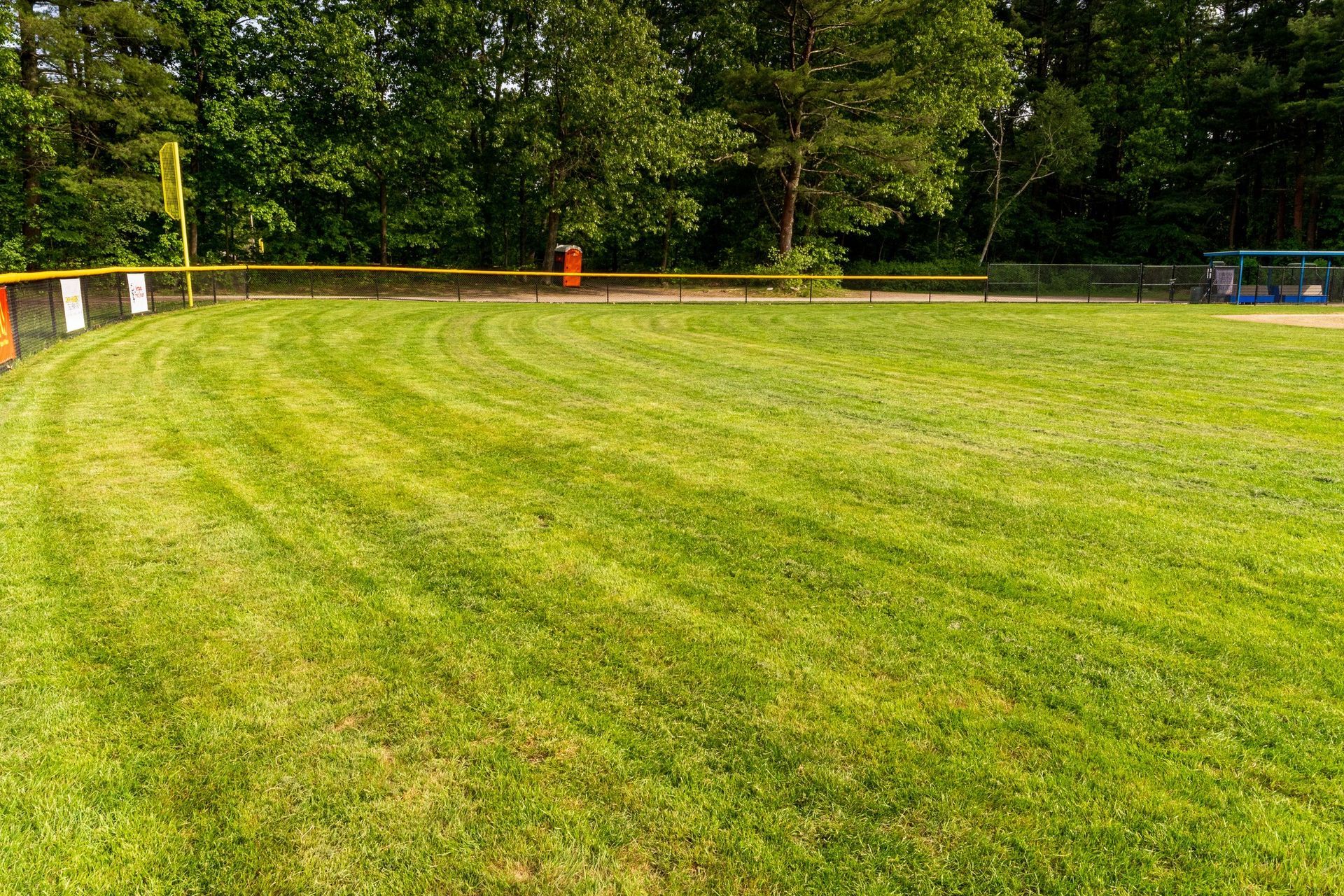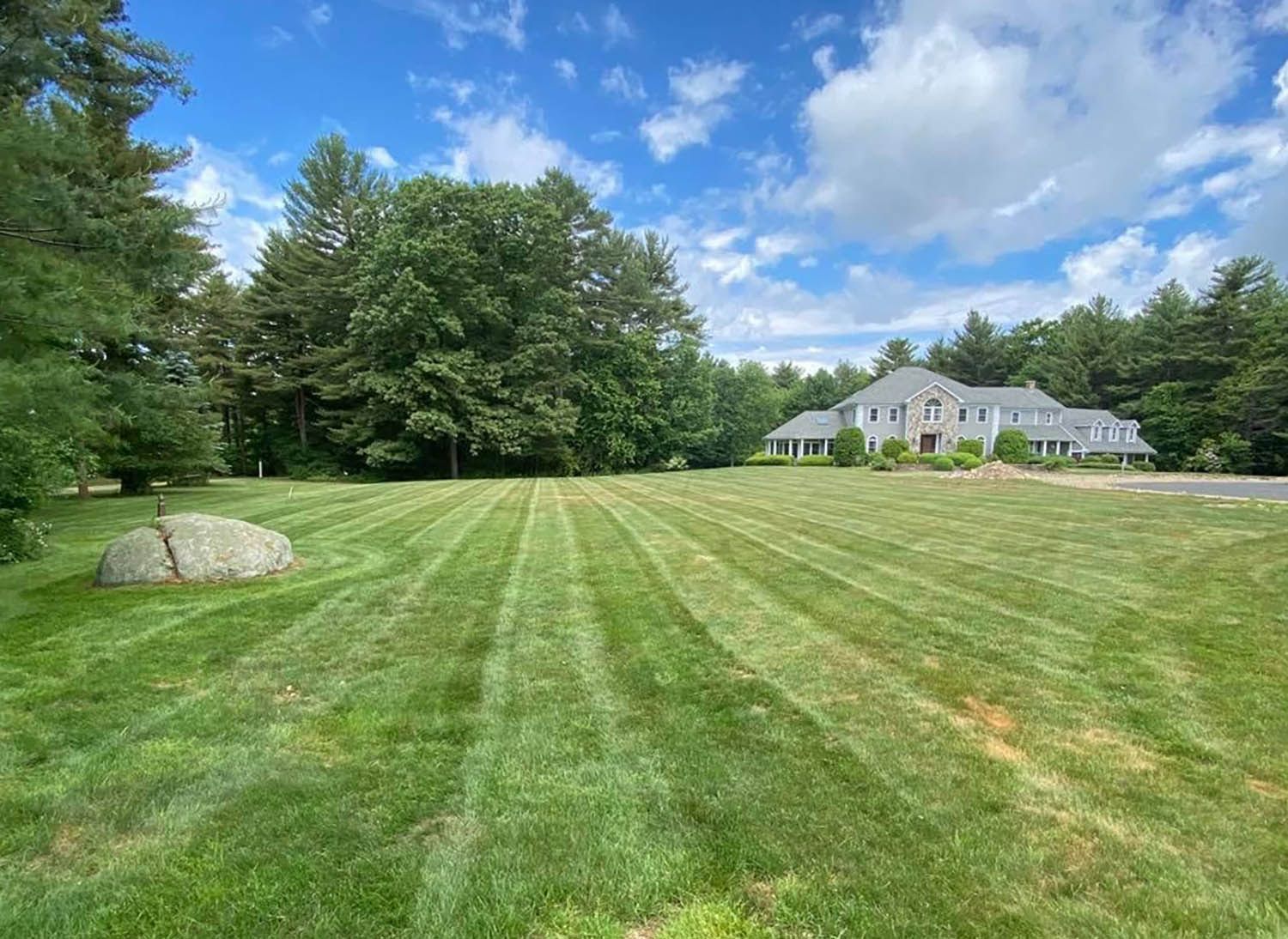Fresh Sod vs. Hydroseed: Which Lawn Installation Method Works Best?
A lush green lawn is the backdrop for everything from weekend barbecues to quiet evenings under the stars. If your yard needs a new start—or a complete makeover—you’ll likely find yourself choosing between two popular lawn‐installation methods: fresh sod and hydroseed. Both approaches can produce an attractive, healthy lawn, yet they differ in cost, speed, maintenance, and long-term performance. Below is a detailed look at how each method works, their respective pros and cons, and how to decide which option suits your property, budget, and timeline.

What Is Fresh Sod
Sod is mature turf grass that has been cultivated on a farm, cut into rolls or slabs (roots and a thin layer of soil included), and delivered to your site. Think of it as an “instant lawn”—all the heavy lifting of germination, weed control, and early growth has taken place off-site.
Key Steps in a Sod Installation
- Site Prep: Remove old grass, rocks, and debris; grade for drainage; add topsoil if needed.
- Delivery & Layout: Rolls arrive on pallets and must be installed the same day for best results.
- Staggered Seams: Installers unroll the sod in a brick-like pattern to prevent visible joints.
- Water & Roll: New sod is heavily watered and lightly rolled to improve root-to-soil contact.
New TitleWhat Is Hydroseeding?
Hydroseeding uses a pressurized spray to apply a slurry of grass seed, water, wood or paper fiber mulch, fertilizer, and a bonding tackifier. The mulch retains moisture and protects the seed, while the tackifier keeps everything in place.
Key Steps in a Hydroseed Project
- Site Prep: Similar to sod—clear debris, grade, and amend soil.
- Slurry Mix: Your installer blends grass seed chosen for your climate and sun exposure.
- Spray Application: The green or brown slurry is applied evenly across the lawn area.
- Water & Germinate: Keep the surface damp; seedlings usually sprout within 5–10 days.
Up-Front Cost vs. Long-Term Value
- Fresh Sod typically costs more per square foot because the grass has already grown for 12–18 months under farm conditions. Installation is labor-intensive, but you can enjoy a ready-made lawn almost immediately—boosting curb appeal if you’re selling a home or preparing for an outdoor event.
- Hydroseed is budget-friendly for large areas. Because the seed germinates in your own soil, its root system can ultimately be deeper and more drought-resistant than sod that must transition from farm soil to native soil.
Maintenance Differences
Sod Care During Establishment
- Water daily—for the first week, roots are shallow.
- Mow gently once grass reaches 3 – 3½ inches.
- Avoid fertilizers for 3–4 weeks; the sod farm likely pre-fertilized.
Hydroseed Care During Establishment
- Mist 3–4 times a day until germination; keep the mulch damp, not soaked.
- Switch to deeper waterings after seedlings reach 2 inches.
- First mow at 3 inches; mulch keeps clippings from clumping.
- Apply starter fertilizer at the three-week mark to spur root growth.
Which Method Works Best for You?
- Choose Fresh Sod If …
- You need a finished lawn fast (e.g., listing a home or hosting an event).
- Budget is less of a concern than instant results.
- You have shady spots—shade-tolerant sod blends are available and predictable.
- Choose Hydroseed If …
- You’re covering a large area (new construction, extensive renovation) and want to save on material costs.
- You can commit to diligent watering for the first few weeks.
- Your site has moderate slopes; tackifier helps keep seed in place better than broadcast seeding.
- Hybrid Approach: Many homeowners sod high-impact areas (front yard, play zones) and hydroseed less-visible or expansive zones. This balances cost and appearance.
Fresh sod and hydroseed both produce rich, healthy turf—you’re really deciding between cost and time. Sod is fast and flawless out of the gate, perfect when curb appeal can’t wait. Hydroseed rewards patience with a deep-rooted lawn and a lighter hit to your wallet.
Still unsure which route fits your project? Schedule a site visit with our landscape team. We’ll evaluate soil conditions, sun exposure, irrigation access, and budget to recommend the best lawn-installation plan for your property. A greener yard is just a decision away.
Common Questions
How long does each method last?
With proper care, both sod and hydroseeded lawns last decades. The deciding factor is ongoing maintenance—regular mowing, fertilizing, and weed management.
Will hydroseed wash away in heavy rain?
The mulch and tackifier reduce washout, but a torrential storm can cause rills. Installers often avoid hydroseeding if heavy rain is forecast within 24 hours.
Can I DIY either method?
Small patches of sod are DIY-friendly, but full-yard installs are strenuous and time-sensitive. Hydroseeding requires specialized equipment; it’s generally a professional service.
You might also like

